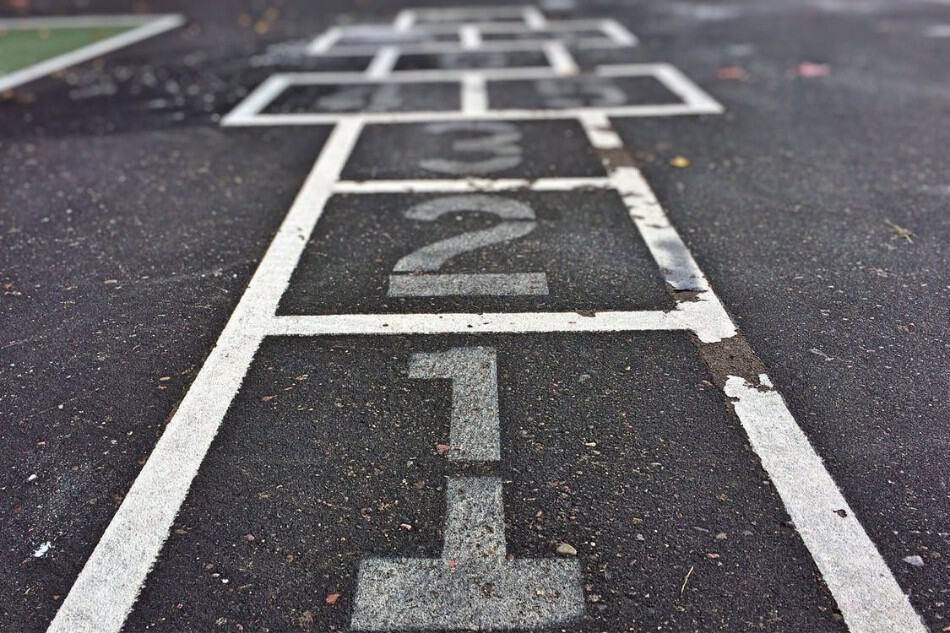In a January 1934 letter to Ernest Hemingway, editor Maxwell Perkins bemoans the fact that F. Scott Fitzgerald’s latest book, Tender Is the Night, has sold only 15,000 copies. Perkins gossips that another writer, Stark Young, has sold 35,000 in “barely more than two months.” Few remember Stark Young, while that particular novel of Fitzgerald’s ended up selling a lot more later on.
Like any artist, a writer’s gotta play the long game.
It’s funny—strange, not “ha ha”—that book numbers have not necessarily improved so very much in America in 84 years.
Print run: aim high
With online eBook sales, among other factors in the mix, print runs ain’t what they used to be. But they are still passionately discussed and closely watched. It’s not unusual for a publisher’s projected or announced print run to itself be fictional (or perhaps optimistic?). Come publication time, the actual number of books a publisher prints may end up being considerably less.
Regardless, even a large print run doesn’t guarantee that an author will later get a good royalty statement. Print runs matter less than sales.
Sell-through
If a book sells most of its print run, it has a good “sell-through,” and is a “clean sale.” Books shipped to stores that do not sell, to everyone’s dismay, are shipped back to the warehouse. Publishers don’t want returns, nor do they want books languishing in the warehouse.
But publishers also want to avoid understocking bookstore shelves when sales may be had. Making best efforts, today’s publishers use technology to avoid poor sell-throughs. They may be conservative with initial print runs while keeping close watch on daily sales trends, then reprinting and shipping books as needed as quickly as possible.
What’s a good print run these days?
No one in the biz would on the record venture solid projections because–whether agent or editor—such speculation would invariably come back to haunt them (from authors and management). Besides that, even among the pros, there’s no absolute agreement. I might add a further disclaimer that numbers vary between genres and the figures quoted below do not take into consideration huge bestselling authors.
When quizzed by me, a high-powered literary agent said these days a good hardcover print run is in the neighborhood of 15,000 to 25,000 copies. (F. Scott Fitzgerald was doing all right.) An editor at a major house basically agreed, saying 20,000 was A-OK. A truly impressive print run, said the agent, would be 75,000 hardcover copies (and upward). The editor was more conservative, saying 40,000 copies was excellent.
As for commercial trade paperbacks, the agent said a 25,000-copy print run is good; 50,000 copies or more is outstanding. Again, the publishing house editor offered lower numbers: 15,000 trade paperback copies was good; 30,000 copies, quite impressive.
eBook sales
There’s no print run to gauge eBook success. And although eBook numbers accrue over time, publishers see the first four weeks as key. Still, it may be six months before an eBook’s sales are adequately evaluated. For a romance, a preferred eBook genre, 15,000 to 20,000 copies sold over that time period is considered a good sale.
Upward sales?
A print run figure doesn’t gauge a book’s sales success. What’s desirable is that the book’s sales be in the same ballpark as its print run. As above, publishers want a “clean sale.” They hate returns.
Are revenues up from the author’s last book? Growth in any fashion is taken seriously. Even if a book had a modest initial print run, if its sales show an upward trajectory, something’s happening, and publishers take note. It’s not always how many copies were printed, but an upward sales trend that gets folks excited.
Strategy
Every writer fantasizes about hitting the jackpot with book sales like those of Dan Brown or Gillian Flynn. But those megasellers are outliers.
Most career authors’ numbers are more modest, but they should nevertheless always be striving for growth and momentum. Counting on your publisher is not always enough. Methods to engage and build a readership vary, but here are a few starter tips from Career Authors:
- Become an expert in pitching or speaking about your book your book in public.
- Join an authors group or genre association.
- Acquire a domain name.
- Connect with readers in your author newsletter.
- Strategize to improve your author platform.
Do you have questions or other ideas on generating higher numbers? Hit us back with your ideas and questions on Facebook.





